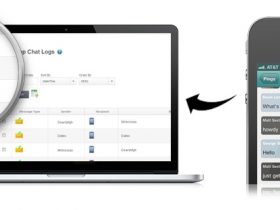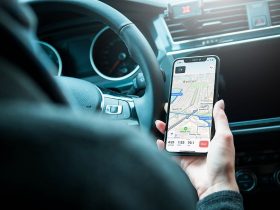Coverage maps are the one which tell you whether you can get coverage in a particular area or not. That’s one reason to go with a particular carrier. Coverage maps, however, are not the final word because they won’t tell you about coverage gaps, dead zones or congestion areas. Coverage gaps are small gaps between adjacent base stations where there is little or no overlap of coverage. If you live in an area within a coverage gap, you won’t get good reception, whereas your next-door neighbour, who lives outside the coverage gap, may have the best reception. The location of coverage gaps varies with carriers since most carriers have their own independent network infrastructure.
Dead zones are areas where you have little or no coverage because of an obstruction, such as a hill or a tall building. When you are in a dead zone, most of your call drops or your phone doesn’t work at all. Yet another problem is the congestion area. Congestion areas are those where a fewer number of base stations are serving a heavily populated area. Coverage is not the issue, but getting a frequency slot sometimes can be difficult. Most users living in a congestion area get a busy signal, especially during peak times.

If the coverage is good outside, but weak the moment you step inside the house, it could be due to low transmission power. This can happen when more people take up mobile phones in an area. To cover more people in an area, you need more base stations operating at reduced power levels. And when base stations are operating at lower power levels, sometimes the signals are too weak and cannot penetrate buildings.
Phone-Related Issues
Coverage problems due to a network can be solved by changing carriers. Sometimes the network is not the problem. It could be a faulty phone having poor reception. A bit of wear and tear can sometime affect reception. This can be especially problematic with second-hand phones.
Mobile phones nowadays come with sophisticated power management techniques to provide you with longer standby time. They also have low-power transmitters to reduce power consumption, thereby giving you more talk time. Unfortunately, all these gains come at the expense of poor reception quality.
Just as you swap SIMs to find out network-related issues, so can you swap phones to find out phone-related problems. As indicated earlier, coverage problems of no two carriers are alike. Which means a dead zone with one carrier can be the best reception zone with another.
If the signal strength is weak, you may attach commercially available boosters to your phone. Boosters are generally awkward attachments to your mobile phone, but they can improve the quality of reception.
Other Issues
Even if your carrier has coverage in your area and your phone has good reception, some areas can have blackspots where you cannot get any coverage. Despite the best efforts of all carriers to remain competitive and reduce call dropouts, radio technology has its limitations. You can’t guarantee 100 percent success with all your calls. Like car radios, mobile phones are affected by other things like topography, weather conditions, and buildings.
For any phone and network related issues, you can call on O2 Contact Number and get in touch with its team.

























